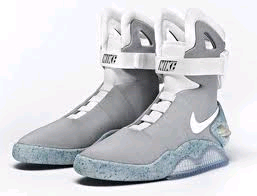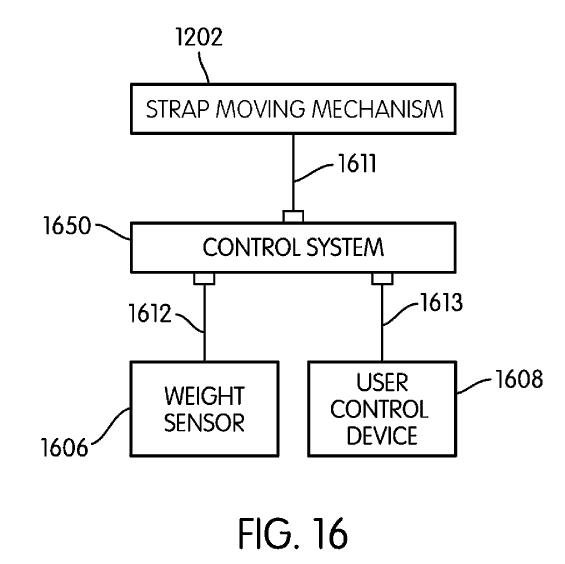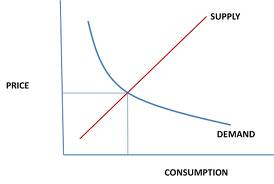Introduction
The study involves the patent search for a new product. I have chosen Nike self-lacing shoes as the topic of study. The reason behind the choice of this product is that, such a type of shoe is not available in the market. It is also possible that a product similar to it is not likely to come in the near future. Nike is working on it and has almost finalized the technology that includes automatic ankle cinching.
Patent is the exclusive right gained by a business firm on a particular product which enables it to use, produce and market the product. No other firm is entitled to produce it in the same form or market it. “A patent is a form of intellectual rights protection that enables inventors to prevent other people from making use of their ideas.
Patents can be very important, both for the individual inventor whose rights are protected and for the economy” (The Importance of Patents par. 1). Patent laws can guarantee that no one is capable to obtain unfair advantage of the work and thoughts of other inventors. There are three forms of patents. They are Utility, Design and Plant patents.
- Utility Patent: It may be obtained by any entrepreneur who invents a novel and useful process, mechanism, article of produce, or composition of material, or any innovative and useful development thereof.
- Design Patent: It may be rewarded to any entrepreneur who invents a novel, unique, and special design for the product.
- Plant Patent: It may be given to any entrepreneur who invents and asexually reproduces any dissimilar and novel variety of plant.
The reasons for patent search are includes
- Determining whether one can get a patent or if ones invention has already been patented.
- Obtaining the idea about how an application for patent is structured in order to help in the preparation of the product.
- Seeking knowledge about a pioneering field.
- Knowing the market conditions and the involvement of the competitors.
- Identifying the technology needed and used by the competitors.
The image of Nike self-lacing shoes.

Process of Obtaining a Utility Patent

The Nike Company has filed a patent for Self-lacing Shoes that resemble the Sneakers from ‘back to the Future 2,’ and Reebok shoes as well. Though the time schedule for the marketing of the shoes is finalized, the patent shoes are still working on the technology. “EFS-Web is the United States Patent and Trademark Office’s (USPTO’s) Web-based patent application and document submission solution.
Using EFS-Web, anyone with a Web-enabled computer can file patent applications and documents without downloading special software or changing document preparation tools and processes” (About EFS-Web par. 1). When the user slips a switch, the shoe tightens the laces. The switch activates a motor that unrolls a spool of wire fixed in the shoe.
As soon as the spool reels in the wire, the particular shoe become tightens along the axis supported by various rods. The shoes are definitely ideal for kids, physically challenged people and aged ones as well. A look at the literature of the patent provides a general outline of the various technology and thinking behind every type’s footwear.
As the diagram exhibits, a weight sensor activates a motor in the footwear, which cause tightens and close of the particular types of shoes. User of this particular shoe also shouldn’t be expecting a lightweight runner. The shoe abodes a driveshaft and a motor in the soles. So the patent continues.

“The Patent Application Information Retrieval (PAIR) system provides IP customers a safe, simple, and secure way to retrieve and download information regarding patent application status.
There are two PAIR applications, Public PAIR and Private PAIR. Public PAIR provides access to issued patents and published applications. Private PAIR provides secure real-time access to pending application status and history using digital certificates” (Check the Filling Status of Your Patent Application par. 1).
When Nike obtains the patents, no other company can use the same technology. The patent right prohibits them from doing so. Further, spending a lot of cash on studying the technology and then implementing the same debars ordinary companies to enter this particular model field and standard companies like Reebok shall not damage their name by imitating the model.

In order to understand these market forces, the idea of supply and demand refers to the supply and requirement of goods and services in the marketplace. This is an economic method primarily based on utility, price, and quantity of the product. This method has been deemed as the backbone of the market financial system.
Works Cited
About EFS-Web. The United States Patent and Trademark Office. 2011. Web.
Check the Filling Status of Your Patent Application. The United States Patent and Trademark Office. 2011. Web.
Greenfield, Rebecca. Futuristic Marty McFly Nike Self-Lacing Kicks Work Pretty Simply. Atlantic Wire. 2011. Web.
Nike’s Compaign Tells Us the Air Mag Self-Lacing Shoes are Coming. Technobaboy. 2011. Web.
Process for Obtaining a Utility Patent. The United States Patent and Trademark Office. 2011. Web.
The Importance of Patents. Fedcirc. US Patent Law Information. 2009. Web.